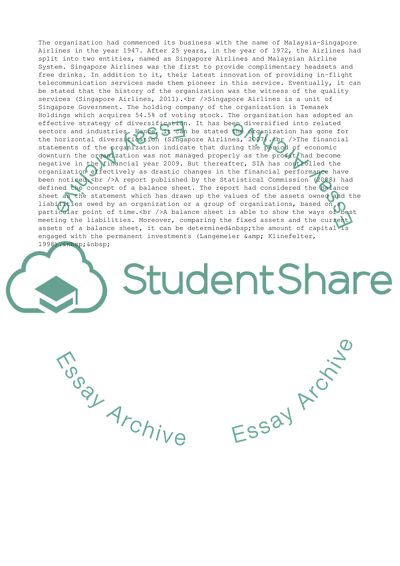Cite this document
(International Accounting Term Paper Example | Topics and Well Written Essays - 2500 words - 1, n.d.)
International Accounting Term Paper Example | Topics and Well Written Essays - 2500 words - 1. https://studentshare.org/business/1576167-introduction-to-international-accounting
International Accounting Term Paper Example | Topics and Well Written Essays - 2500 words - 1. https://studentshare.org/business/1576167-introduction-to-international-accounting
(International Accounting Term Paper Example | Topics and Well Written Essays - 2500 Words - 1)
International Accounting Term Paper Example | Topics and Well Written Essays - 2500 Words - 1. https://studentshare.org/business/1576167-introduction-to-international-accounting.
International Accounting Term Paper Example | Topics and Well Written Essays - 2500 Words - 1. https://studentshare.org/business/1576167-introduction-to-international-accounting.
“International Accounting Term Paper Example | Topics and Well Written Essays - 2500 Words - 1”. https://studentshare.org/business/1576167-introduction-to-international-accounting.


